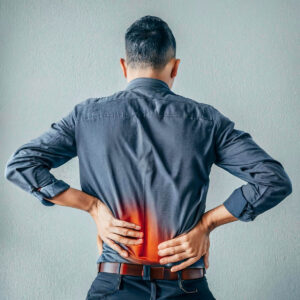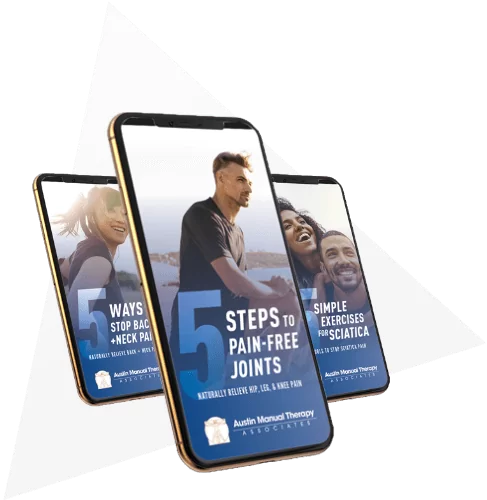A common medical diagnosis in the physical therapy world is osteoarthritis (OA). A recent study performed by Bunzli et. al. identified some common misconceptions about knee OA that appear to influence a patients’ acceptance of nonsurgical, evidence based treatments such as exercise and weight loss. The study showed that once participants in the study were diagnosed with “bone on bone” changes in their knee, many disregarded exercise based interventions believing that such treatment would cause further damage.
The truth here is that degenerative changes throughout our bodies are completely normal. Many of these changes begin in our second decade of life. The term “-itis” would indicate that there is an inflammatory component possibly causing a person pain but recent evidence has shown that this isn’t always the case. Beals et. al. found in their study that if you were to take 100 athletes, almost 30 of them would have asymptomatic cartilage tears in their knees. And if you have kept up with our blog series, you already know that diagnostic imaging is not the end all be all when confirming a diagnosis (or ruling it out).
By now you may be asking yourself, “what if I have pain while I’m exercising with my osteoarthritic knees?” Well here are some pro tips from us:
- Monitor your pain DURING exercise. 0-3 out of 10 pain is pretty low and should be considered a “safe zone.” 4-5/10 is acceptable but 6-10 pain levels are excessive and the exercise should be altered to accommodate your situation.
- Monitor your symptom response over the next 24 hours following exercise. Pain and discomfort should settle quickly after cessation and back to baseline levels within 24 hours.
- Monitor the trends in your signs and symptoms. If you pain and discomfort are improving over time (4-6 weeks) then this is a good thing. Your body is adapting and you may even notice you feel stronger rather than always hurting.
As modern medicine moves forward and providers try to find effective ways of decreasing healthcare costs, offering simple solutions like an exercise based program and changing your nutritional habits to help manage weight would be easier solutions versus expensive and painful surgical replacement procedures. Now of course always consult with your medical provider should you decide to take on such programs as each persons’ case is unique to their own situation. If you have any questions please ask us!
Tommie Baugh, PT, FAAOMPT






